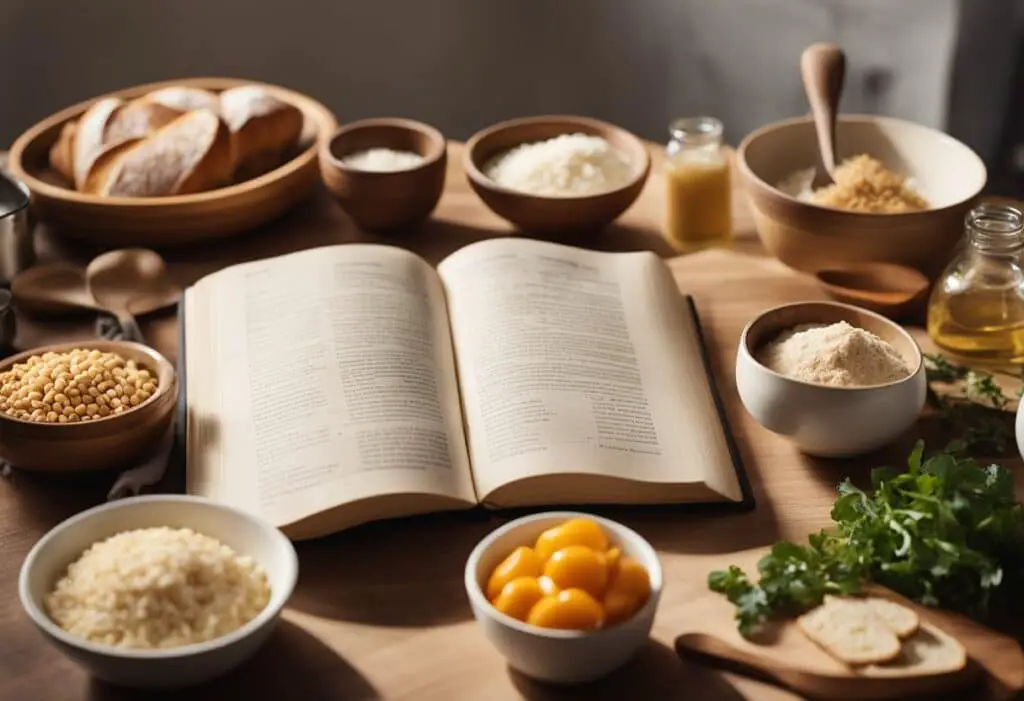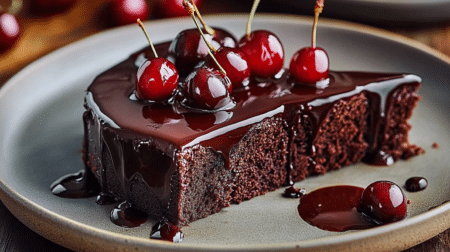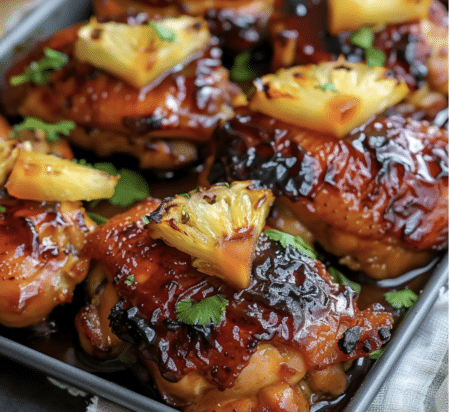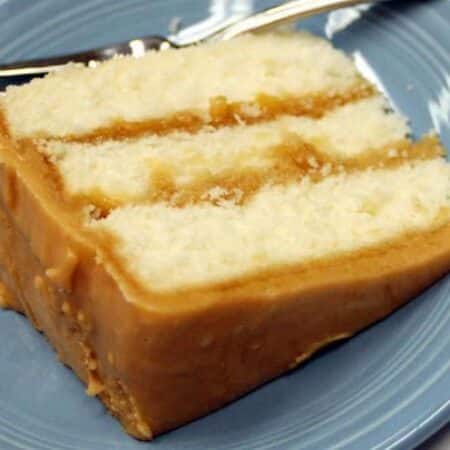Bread recipe for special events: an essential element in making any celebration unforgettable. Bread has long been an important staple across cultures, yet its everyday role often extends far beyond everyday consumption into special celebrations like weddings, birthdays and holidays. Here we present an exquisite bread recipe sure to leave guests impressed – be it as the centerpiece or an accompaniment – this classic dish embodies both tradition and innovation, providing guests with unforgettable memories!
Table of Contents
Bread recipe for special events Key Takeaways
- Bread is an extremely versatile food, perfect for celebrations and special events alike.
- When making bread for special events, it is crucial to take into account its key characteristics: softness, fluffiness, crispiness and flavor profile.
- Just by following a few easy steps, anyone can create beautiful and flavorful bread, no matter their level of baking experience.
Essentials of Bread Recipes
Understanding Yeast and Fermentation
Yeast is an integral ingredient of bread baking, responsible for its rise and texture. There are two kinds of yeast: dry yeast is commonly available while fresh yeast may not be as readily accessible but offers greater potency.
Fermentation occurs when yeast converts sugar into carbon dioxide and alcohol, producing carbon dioxide which rises the dough during its fermentation. The longer fermentation goes on, the richer and more complex will be its flavor profile.
The Role of Flour in Bread Texture
Bread recipes require using different kinds of flour that create distinctive textures in their final products, and choosing bread flour over all-purpose is key to producing chewy results. Bread flour’s higher protein content makes it suitable for breadmaking; its protein formation provides chewiness.
All-purpose flour can be used in bread baking, but its results will have a softer texture and reduced structure. To achieve desired texture in your recipe, choose the appropriate type of flour.
Balancing Salt, Sugar, and Fats
The Role of Salt, Sugar, and Fats: Salt, sugar, and fats are key ingredients in bread baking, each contributing to the flavor and texture of the bread. Salt enhances flavor and controls fermentation, sugar adds sweetness and aids yeast activation, and fats like butter or oil provide richness and moisture.
Importance of Ingredient Balance: Achieving the right balance between salt, sugar, and fat is crucial. Excessive salt can inhibit yeast growth, too much sugar may lead to overly rapid browning, and an abundance of fat can result in heavy, dense loaves.
Crafting Perfect Bread: Understanding the fundamentals of bread recipes is essential for baking delicious loaves. Pay attention to yeast and fermentation processes, select the appropriate flour, and carefully balance the levels of salt, sugar, and fat to create exceptional bread for any special event or celebration.
Preparing the Dough
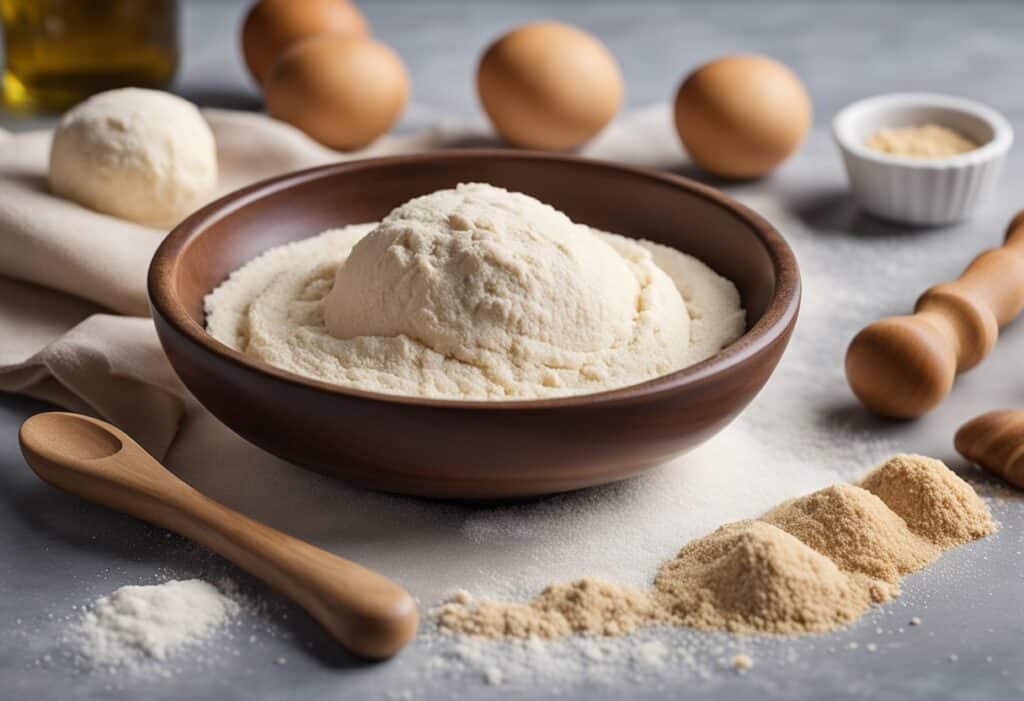
As an bread lover, I understand that the key to creating delicious baked goods lies in its dough preparation. Here, I will share with you my tricks for kneading, proofing and shaping dough for breads that are moist, tender and boast an ideal texture.
Kneading Techniques for Elasticity
Developing Gluten through Kneading: Kneading is crucial for developing the gluten in dough, which imparts an elastic texture and structure to bread. Start by mixing ingredients into a shaggy mass, then turn out onto a floured surface. Hand knead for about 10 minutes until the dough becomes smooth and elastic.
Using a Stand Mixer for Efficiency: Alternatively, a stand mixer with a dough hook attachment can be used for kneading. This method is often faster and provides consistent results, usually taking 8-10 minutes to form a smooth and elastic dough.
Proofing: Achieving the Perfect Rise
Essential Step of Proofing: Proofing is the process of allowing the dough to rise after kneading, which is essential for creating light, airy bread. Place the dough in a lightly oiled bowl, cover it with a damp cloth, and leave it to rise in a warm, draft-free environment until it doubles in size.
Timing and Readiness Check: The proofing time varies based on the recipe and room temperature, typically ranging from one to two hours. To check if the dough is ready, press it with your finger; if an indentation remains, the dough has risen sufficiently.
Shaping Dough for Special Breads
Preliminary Steps for Shaping: Before shaping, punch down the dough to release any air bubbles. Then shape it according to your desired form and size.
Techniques for Specialty Breads: For specialty breads, employ specific shaping techniques. For braided bread, divide the dough into three parts and braid them. For round bread, form the dough into a ball and place it in a round baking dish.
Conclusion on Dough Preparation: Mastering kneading, proofing, and shaping techniques is fundamental in homemade bread-making. By following these steps, you can create bread with the perfect rise, moist and tender texture, and delicious flavors, ideal for any special event.
Special Event Bread Varieties
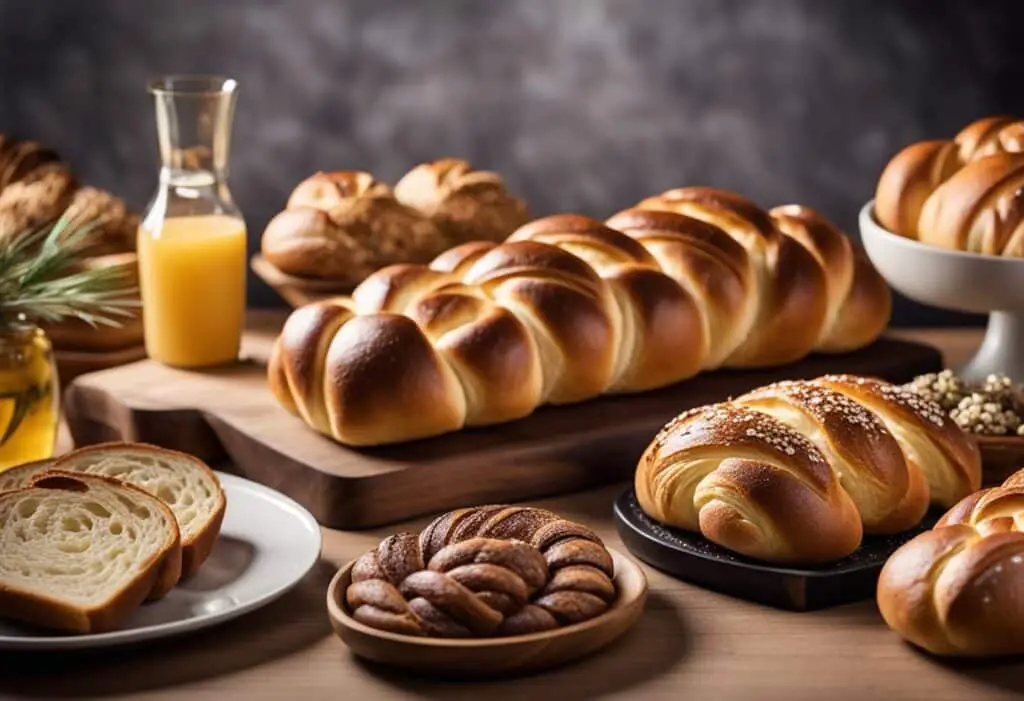
Selecting the ideal loaf can elevate any special event to new levels. From weddings and Easter festivities to birthday parties or celebrations of any sort, the right loaf can create unforgettable memories that last a lifetime. Here are some special event bread varieties perfect for every special celebration!
Festive Bread Recipes for Holidays
Holidays are an opportunity to gather with loved ones over delicious food, and festive bread recipes are the perfect way to bring everyone together. Some of my favorite holiday bread recipes include pumpkin bread, pear tarte tatin and zucchini quick bread; all three would make great dishes to serve during Thanksgiving, Christmas, or any other holiday gatherings.
Elegant Breads for Weddings and Celebrations
Weddings and other celebrations demand elegant breads that are both visually striking and delicious. Homemade French brioche bread is an iconic choice that never disappoints when entertaining elegant guests, while buttery garlic parmesan rolls and pumpkin challah bread also offer excellent choices that will delight.
Sweet and Savory Rolls for Gatherings
Sweet and savory rolls are a versatile option that can be served at any gathering, from casual get-togethers to formal dinner parties. Chocolate cherry pull apart bread and butterscotch pecan maple bread are both sweet options ideal for brunch or dessert; for something savory try the Pilgrim loaf, one dough crescent rolls, or cinnamon rolls; these rolls make the perfect addition.
At any special event, special event bread varieties are an integral component of celebrations. From festive recipes and elegant loaves, to sweet and savory rolls – special event bread varieties create unforgettable memories that will live on for years.
Artisan Bread Making
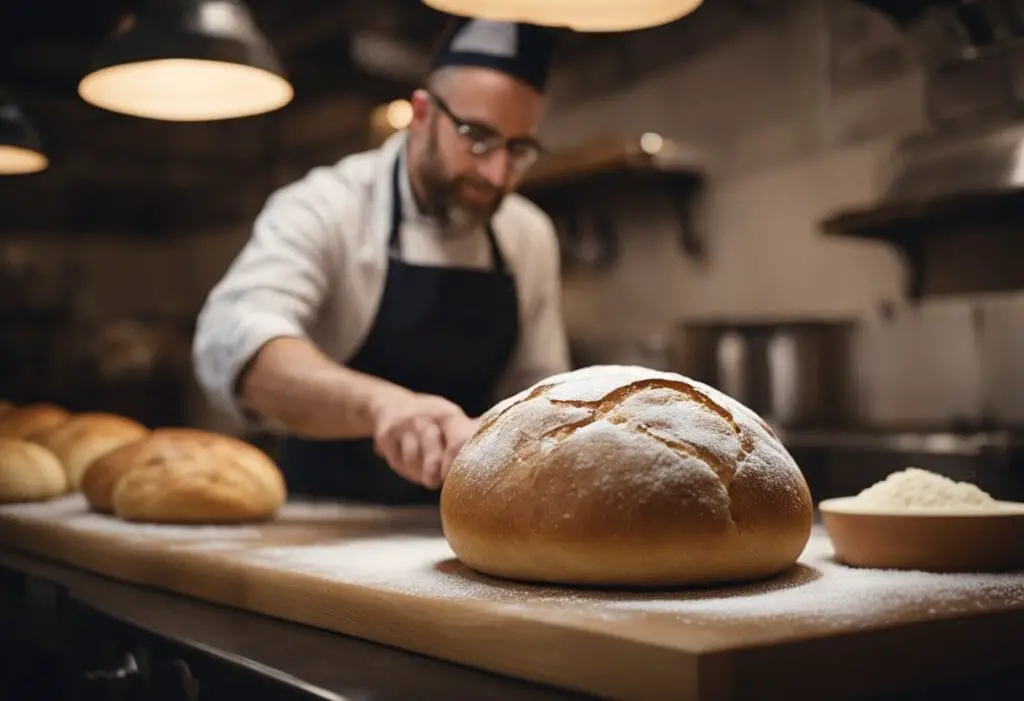
I find that nothing compares to the taste of freshly baked artisan breads. Their crusty exterior and light, airy crumb make it the ideal treat for special events. In this section I will share my expertise in creating crusty artisan loaves as well as using sourdough starters to boost flavor.
Creating a Crusty Artisan Loaf
For a crusty artisan loaf, there are three essential steps:
- Choose High-Protein Flour: The first step is to select high-protein flour. This type of flour is ideal for promoting proper rise and achieving a chewy texture, both key characteristics of an artisan loaf.
- Extended Dough Resting: Next, allow your dough to rest for at least 12 hours. This resting period is crucial for the development of flavors and textures, contributing to the overall quality of the bread.
- Bake with High Heat and Steam: Finally, bake your loaf at a high temperature with steam. This method is essential for creating a thick, crunchy crust, which is a signature feature of artisan bread.
Additionally, one technique I find particularly effective for crafting the ideal crust is using a Dutch oven or baking stone. By preheating either of these devices, you can produce steam, which helps the bread to rise and creates an environment conducive to forming a thick, crispy crust. This approach can be a game-changer in achieving that professional artisan bread quality at home.
Sourdough and Starters
The Role of Sourdough Starters in Artisan Bread Baking: Sourdough starters are a fundamental component in the world of artisan bread baking. They are not just for leavening; they add a distinct depth, complexity, and a natural rise to the bread. A sourdough starter is essentially a mix of flour and water that has been fermented by wild yeasts and bacteria. When these starters are combined with commercial yeasts, they create unique, unreplicable flavors.
Creating Your Own Sourdough Starter: To create a sourdough starter, begin by mixing equal parts of flour and water. Allow this mixture to ferment over several days until it becomes active, bubbly, and fragrant. This indicates that the starter is ready to be used in your bread recipes.
Using the Starter: Once your starter is ready, you can use it to create bread by combining it with additional flour, water, and salt. The starter brings its unique qualities to the bread, enhancing both flavor and texture.
Diversity in Starters: Experimenting with starters can be a fascinating part of bread making. By varying the types of flour and adjusting water ratios, you can cultivate a starter that adds not just flavor but also contributes to the crusty exterior and airy crumb of your bread.
Conclusion: Artisan bread making is both an enriching and fulfilling culinary journey. By mastering a few essential steps and incorporating the use of sourdough starters, you can create crusty, flavorful artisan loaves. These loaves will not only impress your guests but also add a unique and charming element to any special event or meal.
Decorative and Flavorful Additions

At special events, baking bread requires not just taste but also presentation. By adding decorative and flavorful elements such as nuts, seeds, herbs, dried fruits or spices into your recipe you can take your bread recipe to another level. Here are some ideas on how you can include nuts, seeds, herbs or dried fruits into it for maximum impact!
Incorporating Nuts, Seeds, and Herbs
Nuts and seeds can add crunch, texture, and flavor to bread. Consider including chopped walnuts, pecans, almonds or sesame seeds among your dough, then topping your loaf off before baking with sesame, poppy or sunflower seeds as toppings. Herbs such as rosemary thyme or garlic also lend an aromatic and savory note that add depth of flavor – try kneading chopped herbs into the dough or scattering on top prior to baking!
Using Dried Fruits and Spices
Enhancing Bread with Dried Fruits: Dried fruits like raisins, cranberries, or apricots are excellent for adding sweetness and a chewy texture to bread. They can be incorporated directly into the dough or sprinkled on top before baking for added flavor and visual appeal.
Incorporating Spices for Depth of Flavor: Spices such as cinnamon, nutmeg, or cardamom can significantly enhance the depth of flavor in bread. These can be mixed into the dough or used as a topping to create a more complex taste profile.
Balancing Flavors and Textures: When adding fruits and spices, it’s important to maintain balance. Avoid overwhelming the bread’s natural flavors by starting with small amounts and adjusting according to your taste preferences. Also, using high-quality, fresh ingredients is key to achieving the best results in flavor and texture.
Advanced Bread Baking Techniques
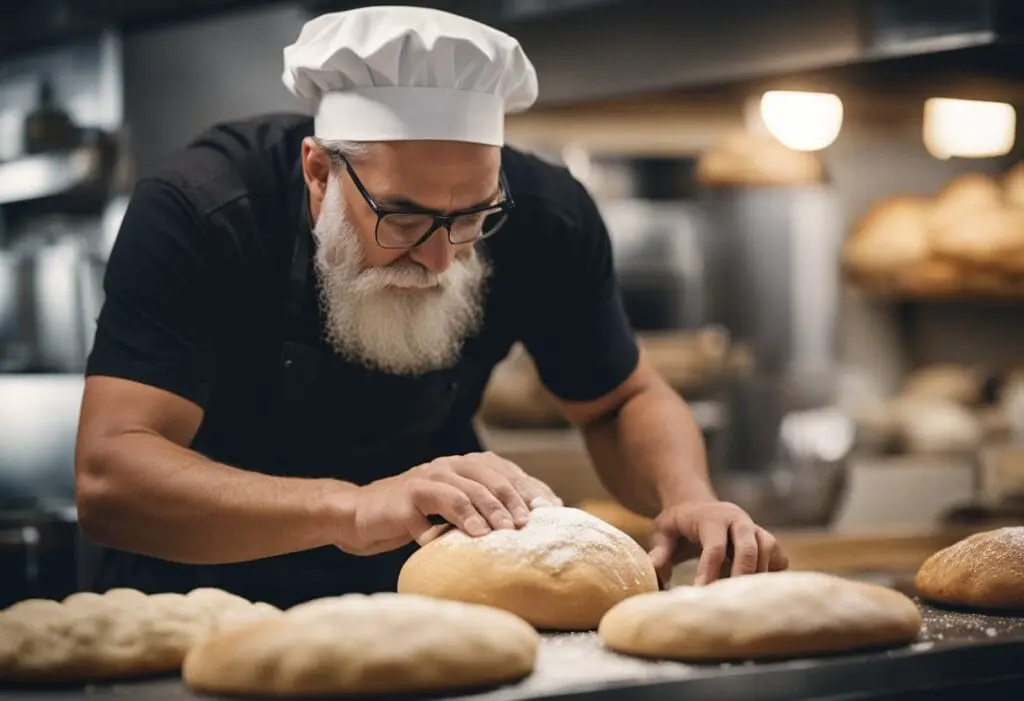
Steam Baking and Cooking in a Dutch Oven
Achieving Perfect Artisan Bread with Steam Baking: Steam baking in a Dutch oven is ideal for creating crusty artisan bread with an ideal texture. The steam-driven heating process ensures a crisp crust while keeping the interior moist and chewy.
Using a Dutch Oven for Steam Baking: To bake with a Dutch oven, preheat your oven with the Dutch oven inside at the desired temperature for 30 to 60 minutes. Then carefully place your bread dough into the preheated Dutch oven and cover with the lid. This technique traps moisture, creating steam, which is crucial for achieving that perfect crusty exterior and a moist, chewy interior.
No-Knead Breads and Slow Fermentation
Embracing Slow Fermentation in No-Knead Bread Making: Slow fermentation is a crucial technique in no-knead bread recipes. It allows the dough to naturally develop a rich array of flavors and textures, eliminating the need for kneading.
Preparing No-Knead Bread: To make no-knead bread, mix flour, salt, yeast, and water in a bowl and let it rest for at least 12 hours. Although the dough will be sticky and shaggy, this is normal. After resting, shape it into a ball and let it chill in the refrigerator before baking.
The Benefits of Extended Fermentation: Extended fermentation is the secret to delicious bread. It gives the yeast ample time to break down the flour’s starches, resulting in a loaf with aromatic complexity and a rich texture.
Combining Techniques for Optimal Results: Pairing slow fermentation with steam baking, especially in a Dutch oven, can elevate your bread making. This combination produces artisan bread with a crusty exterior and complex flavors, all achieved without kneading.
Presentation and Serving Suggestions
As much as the flavor and texture of bread are important, the presentation and serving of bread can make or break the overall dining experience. Here are some tips and tricks to make sure your bread is served in a way that leaves a lasting impression on your guests.
Slicing and Serving for Maximum Impact
Effective Bread Slicing Techniques: Consider the bread’s shape and size for optimal slicing. Round loaves like sourdough are best cut into wedges, while baguettes should be sliced diagonally for a more elegant presentation.
Thickness Matters: Choose slice thickness based on the bread type. Delicate breads like brioche and challah benefit from thin slices, while hearty breads like whole-grain or rye are better in thicker cuts. Aim for consistent thickness for a professional look.
Choosing the Right Serving Vessel: Complement your bread with the appropriate serving vessel. A rustic bread basket or wooden board adds charm, while individual plates or bowls suit formal settings.
By paying attention to these slicing and serving details, you can significantly enhance the presentation and appeal of your bread at any event.
Pairing Breads with Dips and Cheeses
The Art of Matching Breads with Dips and Cheeses: Bread can elevate a special event menu, especially when thoughtfully paired with dips and cheeses. However, finding the perfect match requires considering both flavor and texture.
Selecting Dips for Bread: When it comes to dips, balance is key. For example, a tangy goat cheese dip can wonderfully complement the crispiness of a crusty baguette, while a smooth, creamy hummus pairs exceptionally well with soft pita bread.
Choosing the Right Cheese: The intensity of cheese flavors plays a critical role in pairings. Milder cheeses like brie or camembert are delightful with softer breads such as focaccia or ciabatta. In contrast, stronger cheeses like cheddar or gouda are better suited to more robust breads, like sourdough and rye.
Presentation Tips for Serving: Presentation is crucial in serving bread with dips and cheeses. Use small bowls or ramekins for dips to prevent any messy spillovers. For cheeses, arrange them artistically to showcase their unique features like texture, color, or flavor.
The Final Touch: With careful consideration of these pairing and presentation techniques, bread can indeed become the highlight of any special event menu. Thoughtful combinations of breads, dips, and cheeses not only delight the palate but also add a touch of elegance to your gathering.
Frequently Asked Questions
What are some popular bread recipes suitable for brunch gatherings?
For brunch gatherings, I recommend serving sweet breads like cinnamon rolls or banana bread. These breads are easy to make and can be prepared in advance. You can also try savory breads like cheddar and chive biscuits or bacon and cheese bread.
Which fruit bread varieties are commonly served at festive events?
Fruit breads like cranberry bread, pumpkin bread, and apple cinnamon bread are commonly served at festive events. These breads are perfect for fall and winter celebrations. They can be served as a dessert or as a snack.
Can you suggest award-winning quick bread recipes for a special occasion?
If you’re looking for award-winning quick bread recipes, I recommend trying lemon poppy seed bread, zucchini bread, or blueberry muffins. These recipes are easy to make and always a crowd-pleaser.
How can bread be presented elegantly at a celebratory event?
To present bread elegantly at a celebratory event, you can slice the bread and arrange it on a platter with butter and jam. You can also serve bread in a bread basket lined with a linen napkin. For a more formal event, you can serve individual bread rolls on a bread plate.
What are some unique flavored bread recipes for an extraordinary event?
For an extraordinary event, you can try making flavored breads like garlic and herb bread, jalapeno cheddar bread, or sun-dried tomato bread. These breads are sure to impress your guests and add a unique touch to your event.
What specialty breads are traditionally used in religious celebrations?
In religious celebrations, specialty breads like challah bread, hot cross buns, and panettone are traditionally used. These breads have a special significance in different religions and are often served during religious holidays and celebrations.


